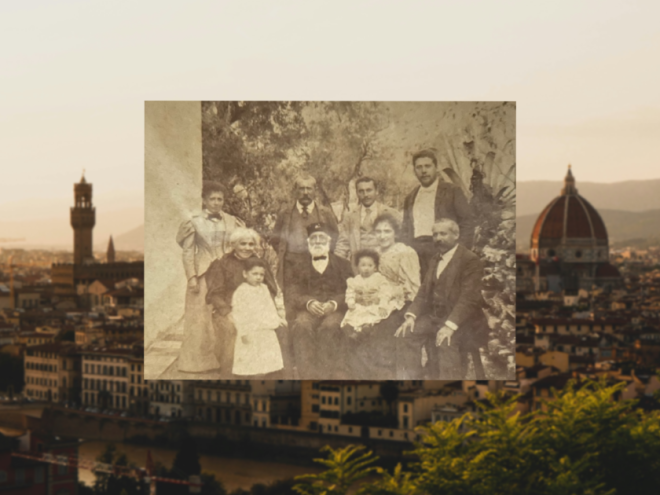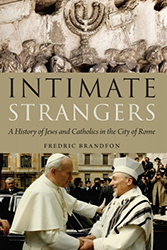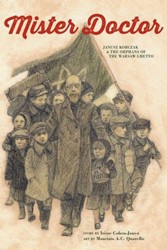Within the Jewish diaspora, Italian Jews have enjoyed a unique history. Neither Sephardim nor Ashkenazi, Jews first arrived in Rome two thousand years ago, directly from their homeland. According to Gino Segrè’s slim and highly readable history of their presence on the peninsula — mainly focused on the years 1848 to 1938, which he terms “the Golden Age of Italy” — their story is a fascinating and improbable tale of outstanding accomplishment by a people “never more than one tenth of one percent of the entire population.”
Segrè explains that part of his motivation for writing this book was his desire to understand his own roots. That in turn led him to look more broadly and deeply at how Italian Jews integrated into Italian society and contributed so much to a new nation.
The author of five books on the history of science, and former chair and professor of physics and astronomy at the University of Pennsylvania, Segrè comes from a distinguished Italian Jewish family. They were part of that golden age, as were a handful of other prominent and gifted Italian Jewish families who rose to become generals, mayors, prime ministers, professors, architects, Noble Prize scientists, and writers — broadly admired and accepted — at a time when severe discrimination ruled the rest of Europe.
There are many surprises to be found in this history, among them the fact that Jews were strongly supported by Julius Caesar and tearfully attended his funeral. Of course, ironically, the term ‘ghetto” originated in Venice — yet, in 1848, another unexpected twist of history occurred when Piedmont became the first entity in Europe to free Jews from their ghettoes, ushering in their remarkable flowering.
During the late nineteenth and early twentieth centuries, while the rest of Europe was ending feudalism and going through the industrial revolution, Italy was still mostly mired in the past. Only thirty percent of Italians could read or write. Life expectancy was under thirty years. Disease, malnutrition and poverty were the norm, which is why so many Italians moved from the agrarian South to the more industrial North. Jews, who for centuries were forbidden to own land, possessed the skills needed for a more urban and industrial era, writes Segrè: “The emerging nation of Italy had provided an ideal climate for Jews to succeed.”
Until the cataclysmic rise of Mussolini and Fascism, Italian Jews not only flourished but excelled. How and why, less than a hundred years later, with the 1938 passage of Italy’s Racial Laws, Italy so quickly reversed decades of assimilation, holds many lessons for our own era. That, alone, makes this book worth reading. If it can happen in Italy — as it did — it can happen anywhere.
Eleanor Foa is an author, journalist, and corporate writer. Her memoir MIXED MESSAGES: Reflections on an Italian Jewish Family and Exile was published in November 2019. Her work appears in national newspapers, magazines and websites. She is the author of Whither Thou Goest and In Good Company, President of Eleanor Foa Associates (eleanorfoa.com), past president of the American Society of Journalists and Authors, and received literary residencies at Yaddo and the Virginia Center for the Creative Arts.





